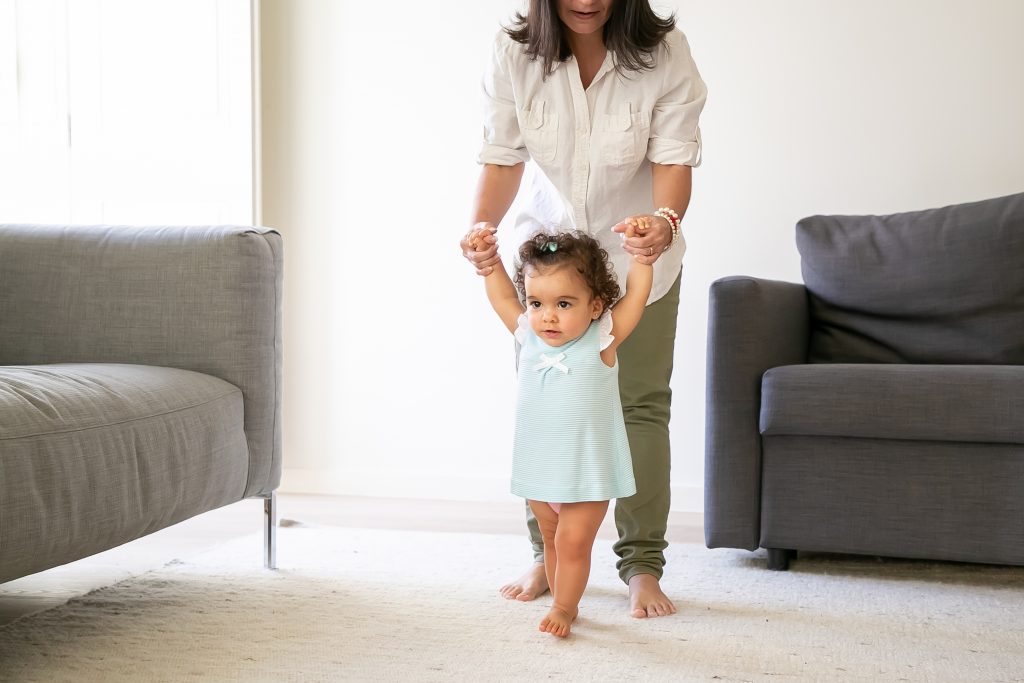Parenting
On Solid Ground: How to Prevent Your Child From Walking on Tiptoes
As children grow and explore the world around them, they develop various motor skills that allow them to move and interact. Walking is one of the significant milestones in a child’s development, but sometimes parents notice their child walking on tiptoes. While occasional toe walking is common during the early stages of walking, persistent tiptoeing can be a cause for concern. In this blog, we’ll explore the possible reasons for toe walking and provide practical tips to prevent your child from walking on tiptoes, promoting healthy and natural gait development.
Understanding Tiptoe Walking:
Tiptoe walking, also known as toe walking or equinus gait, is when a child walks on the balls of their feet, with their heels off the ground. Occasional toe walking is considered normal in toddlers who are just learning to walk, but it should gradually subside as they gain better control of their motor skills. However, if toe walking persists beyond the age of two or is accompanied by other developmental concerns, it is essential to consult a healthcare professional for a thorough evaluation.
Reasons for Tiptoe Walking:
- Habit: Some children develop the habit of toe walking due to comfort or preference.
- Tightness in Calf Muscles: Shortened or tight calf muscles can lead to toe walking.
- Sensory Processing Issues: Some children with sensory processing difficulties may tiptoe as a way to cope with sensory stimuli.
- Neurological Conditions: In some cases, tiptoe walking may be associated with certain neurological conditions.

Tips to Prevent Tiptoe Walking:
1.Stretching Exercises:
Encourage stretching exercises to promote flexibility in your child’s calf muscles. Gentle calf stretches can help reduce tightness and improve their ability to plant their heels on the ground while walking.
2.Encourage Proper Footwear:
Provide your child with shoes that offer good support and cushioning. Avoid shoes with elevated heels, as they can contribute to tiptoe walking. Choose shoes with a flat and flexible sole that allows natural foot movement.
3.Sensory Play and Balance Activities:
Engage your child in sensory play and balance activities to stimulate their proprioceptive and vestibular systems. Activities like jumping, hopping, and walking on various textures can help improve their body awareness and balance.
4.Gentle Reminders:
Gently remind your child to put their heels down while walking. Positive reinforcement and encouragement can go a long way in correcting the habit of tiptoe walking.
5.Seek Professional Evaluation:
If tiptoe walking persists or is accompanied by other developmental concerns, consult a pediatrician or a physical therapist. They can assess your child’s gait and provide personalized recommendations for intervention if needed.

Conclusion:
Tiptoe walking can be a common occurrence in early childhood, but persistent toe walking may warrant further attention. By understanding the possible reasons for tiptoe walking and implementing the tips mentioned above, you can help your child develop a natural and healthy walking gait. Remember that each child’s development is unique, and if you have concerns, it’s always best to seek professional evaluation and guidance. As you support your child’s motor skill development, be patient and encouraging, knowing that with time and care, they will find their stride on solid ground.

